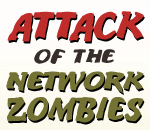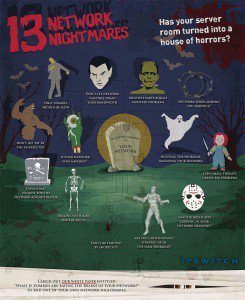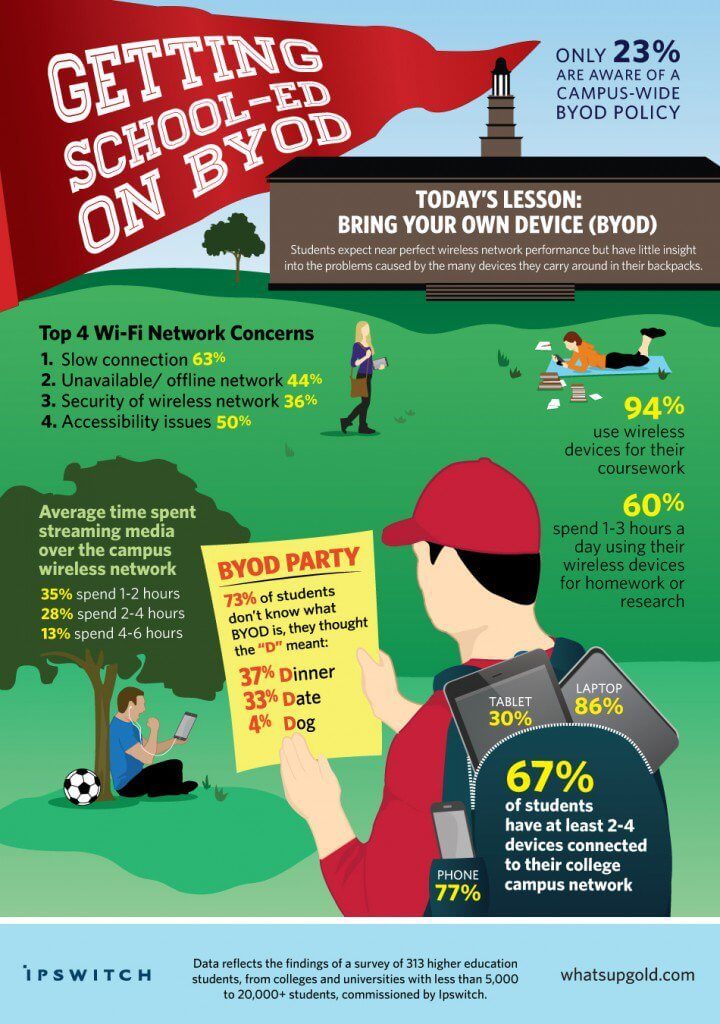Are Zombies Eating Your Network’s Brains?
There are all kinds of potential IT emergencies out there that we should always be prepared for, network outages, system failures and data breaches come to mind as examples. However, there is another phenomenon that is starting to creep its way into enterprise networks: the zombie apocalypse. While it may sound like the plot of a B-level, made-for-cable Halloween movie, Network Zombies have quickly asserted themselves as the most troublesome nemesis to the modern-day IT administrator. They are dangerous and unpredictable, and without the right approach these zombies can cause downtime and lost productivity. However by adopting an approach that generates greater levels of network visibility, IT departments can effectively neutralize zombie problems once and for all.




















